Not many people today know the name George McJunkin, but they should. Though the cowboy has largely been erased from U.S. history, which is a shame given his contributions to it. His incredible discovery impacted our understanding of the development of the North American continent — but he never got the credit for it. 100 years after his death, we need to start asking ourselves why that is.
Cowboy’s Historic Forgotten Discovery That Carries An Unjust Explanation Behind It
The clever cowboy
McJunkin, a Black cowboy, roamed northern New Mexico toward the end of the 19th century and into the beginning of the 20th. McJunkin was a self-made man, having taught himself to read, as well as possessing a great many ranching skills. He was fascinated by the natural world, even building a collection of artifacts that he came across through his jobs.
Texas State Historical Association/Wikimedia Commons
Working in the Plains
McJunkin hunted buffalo all over the Great Plains, where he also toiled in a bunch of farms. He ended up in an area of New Mexico called Folsom where he oversaw the activities of the Crowfoot Ranch.
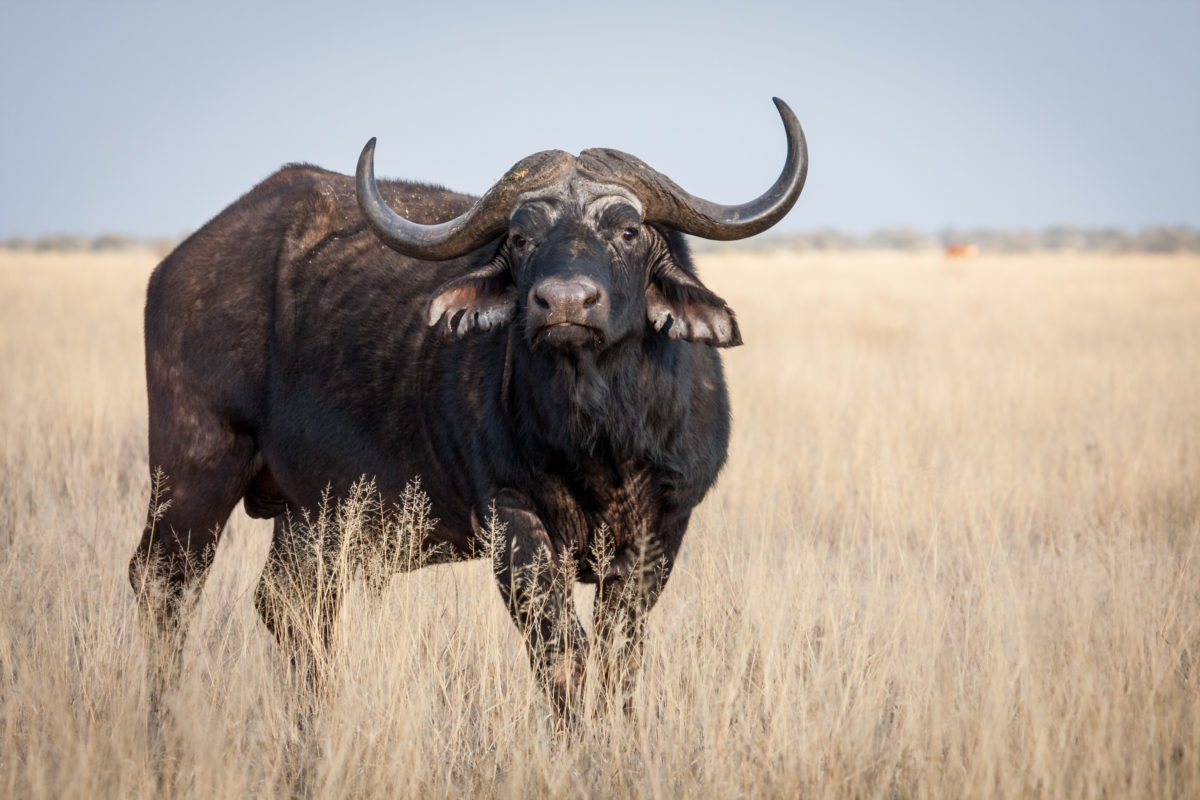
Rewriting history
In late August 1908, a massive flood hit the Folsom area. As the head of his ranch, McJunkin rode the farm to survey the damage, where he found something intriguing. He didn’t know it in the moment, of course, but McJunkin made a discovery that would change our understanding of the U.S. forever.
U.S. National Archives and Records Administration/Wikimedia Commons
Uncredited
Tragically, though, nobody took his discovery seriously and for the remaining fourteen years of his life, he attempted to show people what he’d found — but it was always in vain. People just ignored him. Eventually, half a decade after his passing the archaeological world finally took note, but by then he wasn’t around to receive the credit he deserved.
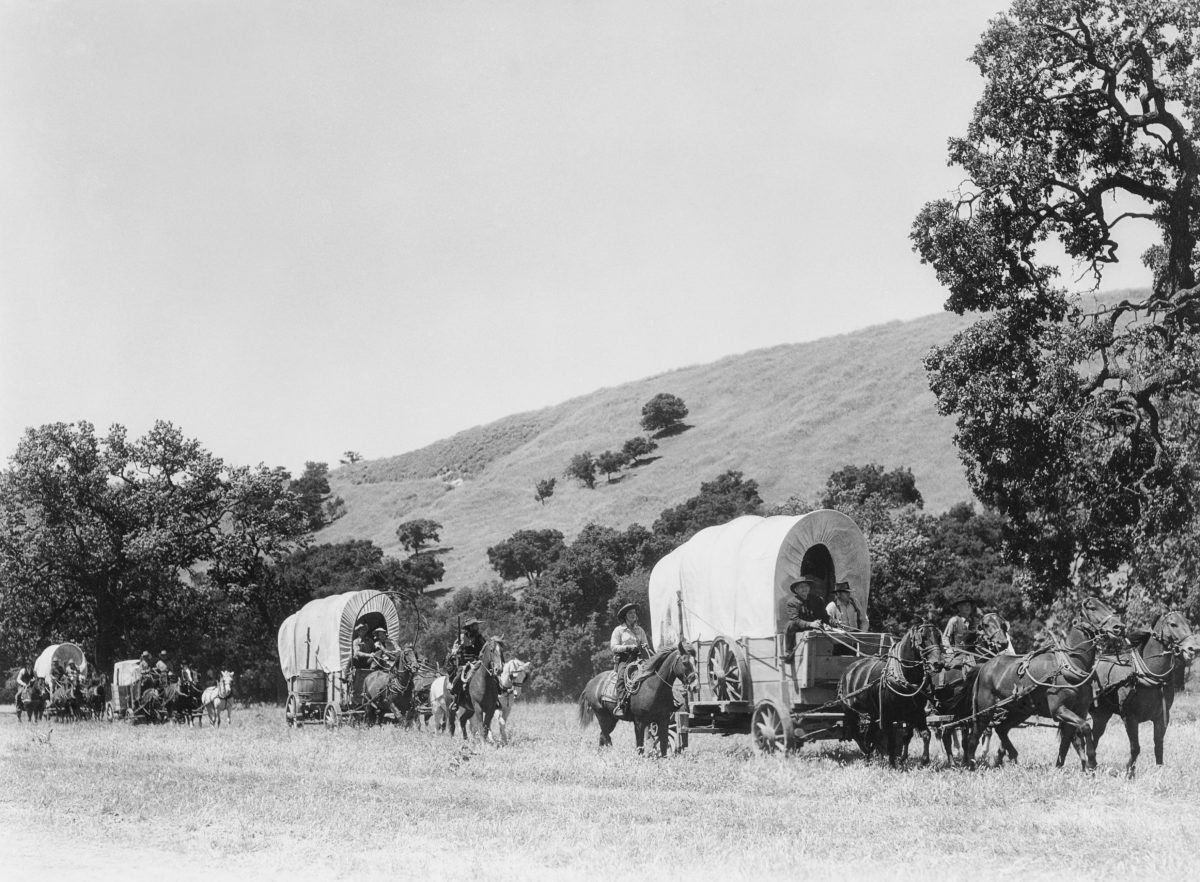
Early life
Over 100 years after his discovery people are now finally beginning to appreciate McJunkin and his life. And what a life it was. Born in Texas in 1851, he spent his early years as a slave. After the Civil War concluded, though, he picked up and made for New Mexico, where he planned to live a free life.
Kurz & Allison/Wikimedia Commons
Ranch skills
McJunkin spent his early years near horses and naturally, he became a proficient rider. He was good with ropes, and his dad had been a blacksmith, which gave McJunkin important ranching skills. In short, his experiences made him perfect for working on a ranch. And that’s exactly what he set out to do when he made the move to New Mexico.
William Henry Jackson; Detroit Photographic Co./Wikimedia Commons
A good cowboy
McJunkin quickly established himself as a top-notch cowboy. Locals considered him among the most talented horse-breakers in the area. And there were other feathers to his bow, too. He was an inquisitive guy, which fostered his voracious interest in science, and soon taught himself how to read.
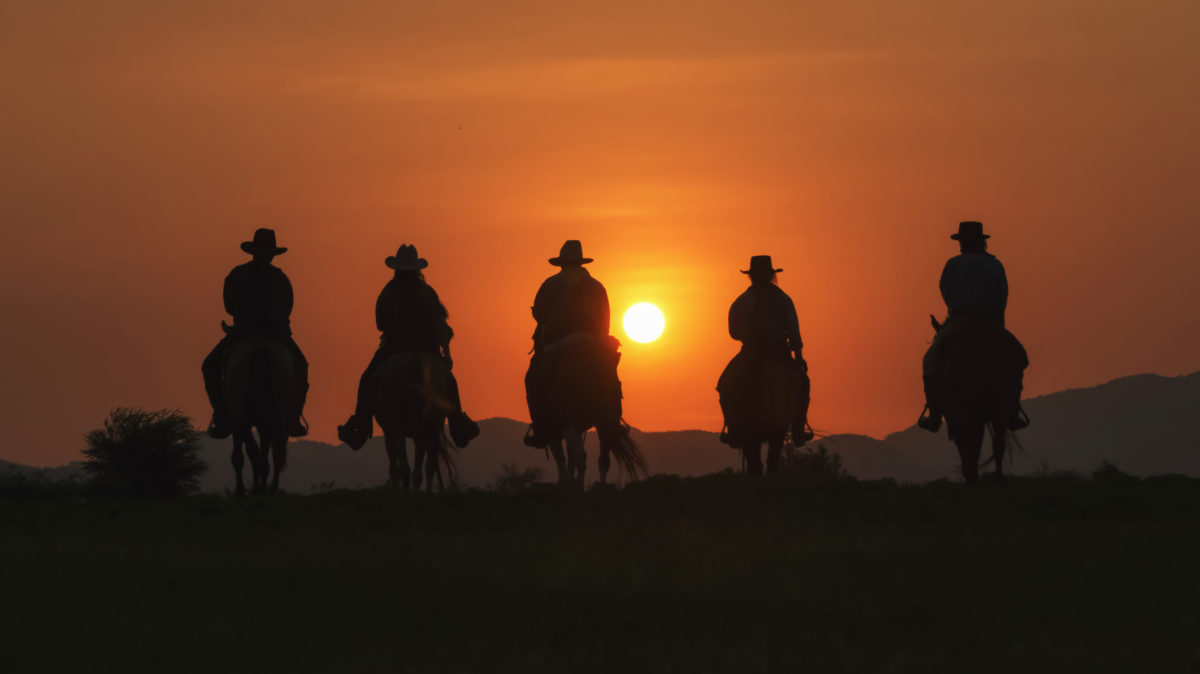
Learning on the job
When he wasn’t working hard on the ranch, during his downtime McJunkin also busied himself with learning to read. He’d never gotten the chance for education as a slave, but now, with the help of some of his cowboy colleagues, he learned to read. On top of that, he spoke a little Spanish and could play some tunes on the fiddle.

Rising to the top
Over time, McJunkin’s adept skills as a cowboy meant he took on more and more responsibility ultimately earning him the role of the manager of a whole estate, Crowfoot Ranch. The ranch is just outside Folsom, NM, which is where McJunkin would ultimately make a discovery to rewrite history.

The flood
It all started in 1908 — on August 27, to be precise. The weather dramatically turned for the worse, with intense rainfall soaking the tiny settlement of Folsom. It got bad very quickly, and soon huge levels of water surged through the area creating the most disastrous flood to hit the area since records began.
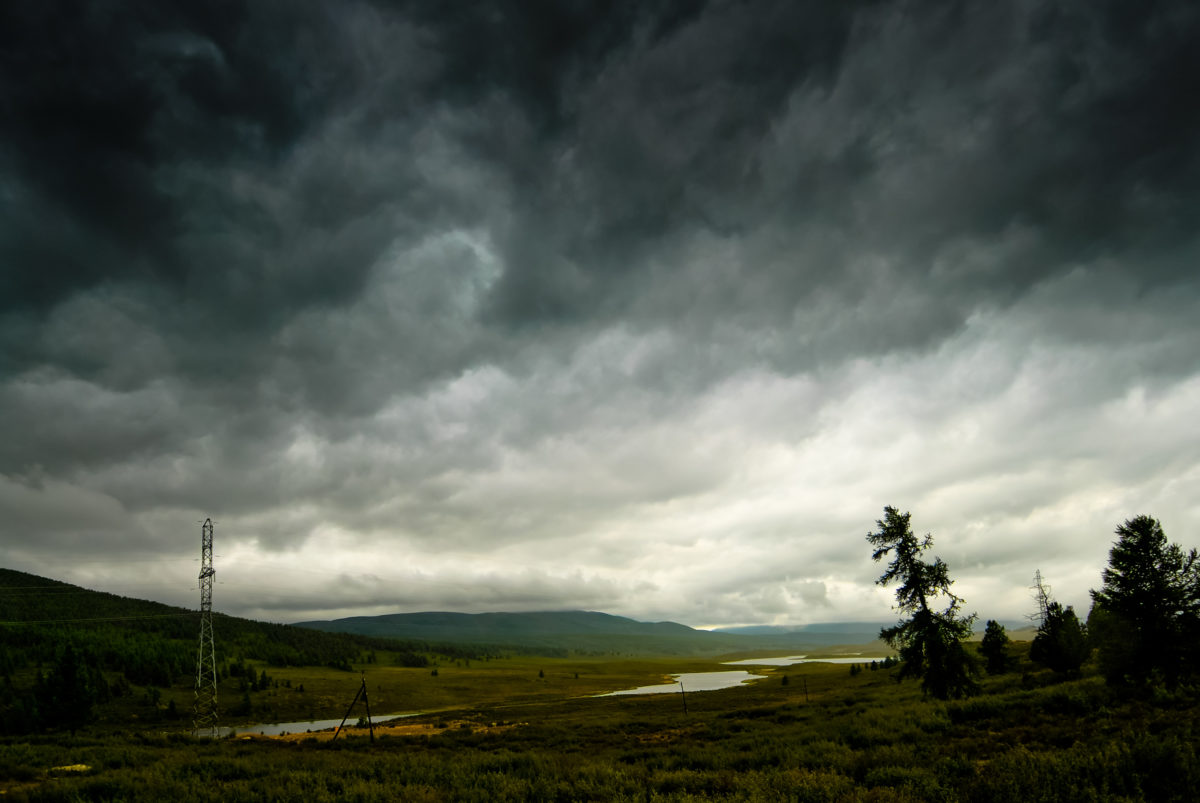
A deadly event
Newspaper reports from the time paint a vivid picture of the severity of the flood and the subsequent damage. Water gushed through the streets, with houses and workplaces left in total disrepair. Citizens climbed onto roofs for safety — but not everyone made it. No fewer than 17 individuals lost their lives.
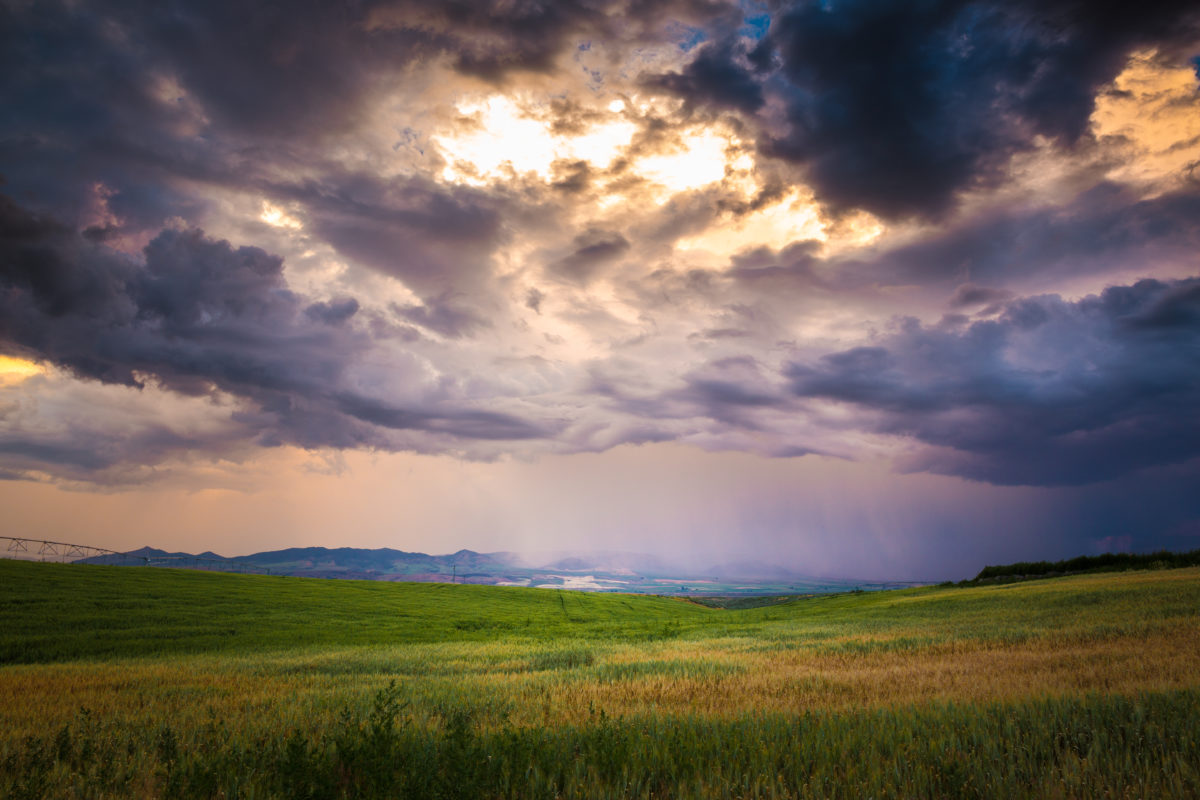
Surveying the damage
Once the waters receded McJunkin rode out to survey his land following the catastrophic event. He needed to see the extent of the ranch’s damage, so he and a pal named Bill Gordon surveyed the situation. And while they did so, Gordon noticed something. A new waterway had been formed in the land.
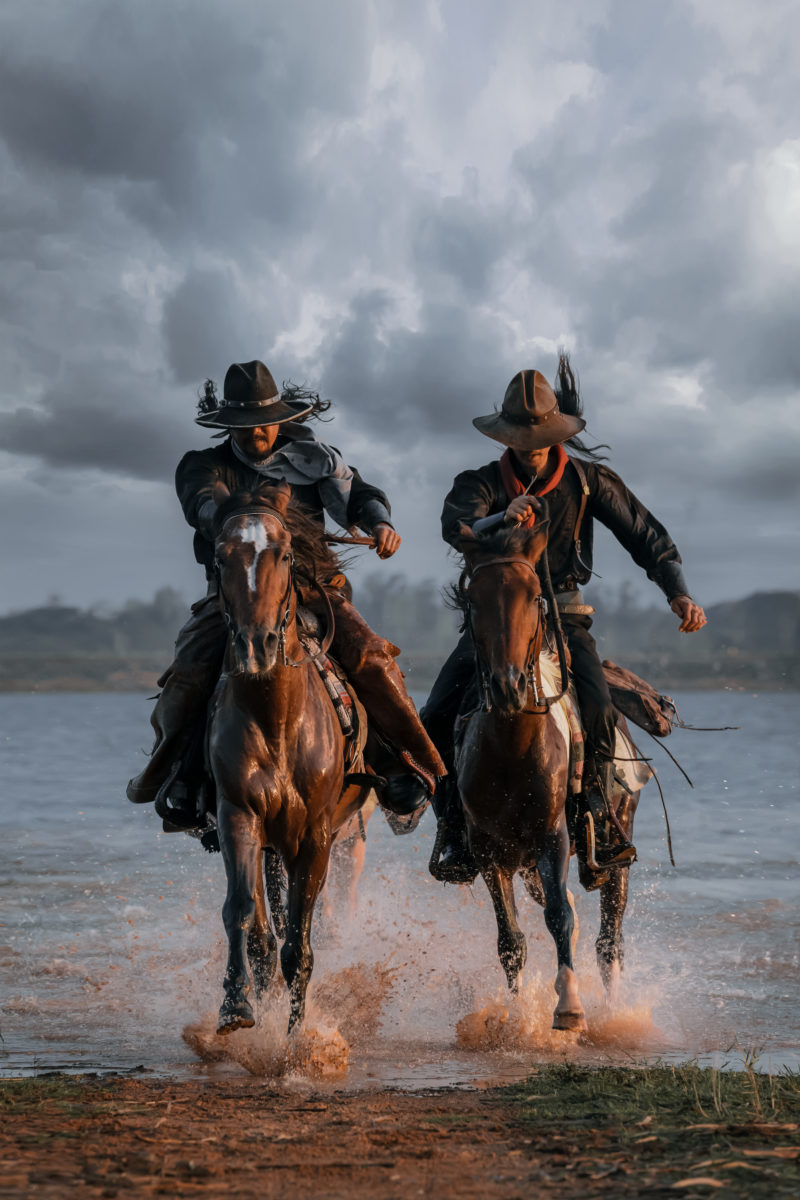
Pile of bones
McJunkin then took a look at this fresh waterway, which proved to be an important decision. As he investigated this new stream, he spotted them: a pile of enormous bones on the ground. The cowboy was taken aback. These bones looked like they belonged to a buffalo, but these came from no ordinary buffalo and were far larger than any he’d ever encountered. So what animal left these bones?.
Jack Dykinga/Wikimedia Commons
A hunch
As something of an amateur natural scientist, McJunkin had a hunch that these bison bones were really significant. Given their vast size, he reasoned that they simply couldn’t have come from any species still alive during his own time. Correctly noting that he’d discovered something remarkable, McJunkin retrieved some of the bones and brought them back home so he could investigate further and learn the story behind this new animal.
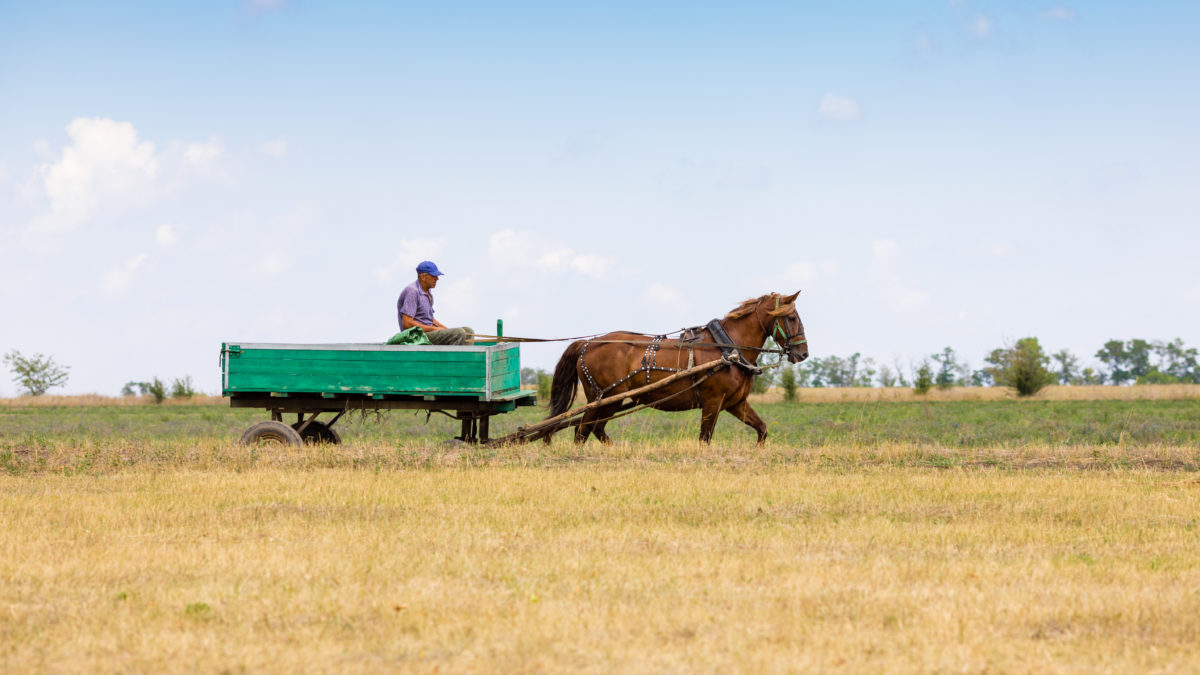
In vain
Despite McJunkin’s remarkably astute intuition, nobody took him very seriously. While he rightly remained sure that these bones were important, no one else seemed to care. And for the next 14 years of his life, the cowboy tried and failed to get people to come and investigate the area where he’d found them.

The end
McJunkin worked hard to get professionals to investigate. He wrote letters to experts, and he even presented the bones he’d taken from the site to some of them. Despite his efforts there remained no interest. He eventually passed away at the beginning of 1922, never to learn the true ramifications of what he’d found all those years ago.

Cruel twist
In a cruel twist of fate, it was only shortly after McJunkin’s passing that his discovery began to be taken seriously. Around half a year later, one of the experts he’d pleaded with to come visit the site finally did so. This was Carl Schwacheim, who took a team along with him. And when they got there, these people couldn’t believe what they were looking at. Sure enough, the site was home to giant bison bones.
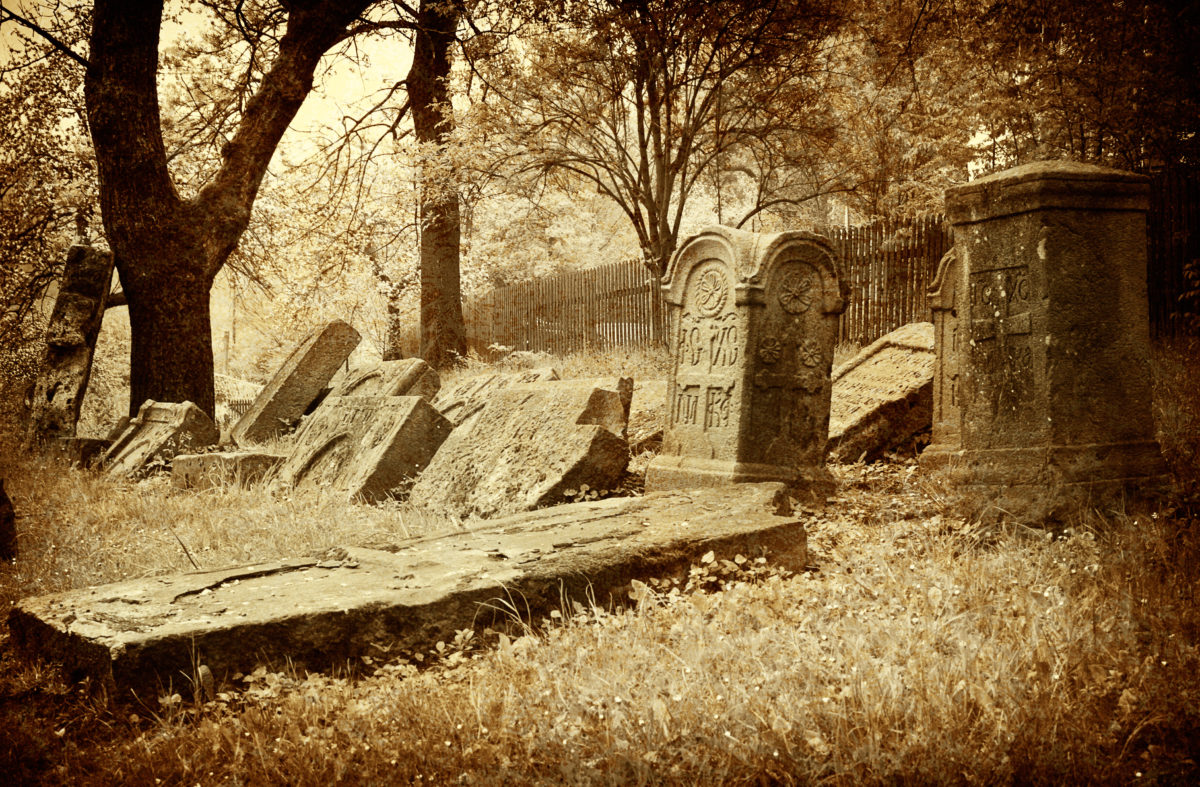
Slow progress
Matters continued to proceed slowly, though. Even after this team had visited the site, nothing much happened for a number of years. But then in 1926 one of the people from this crew convinced an expert at the Colorado Museum of Natural History to come look at the site. That individual was J. D. Figgins, who instantly recognized the location’s significance.
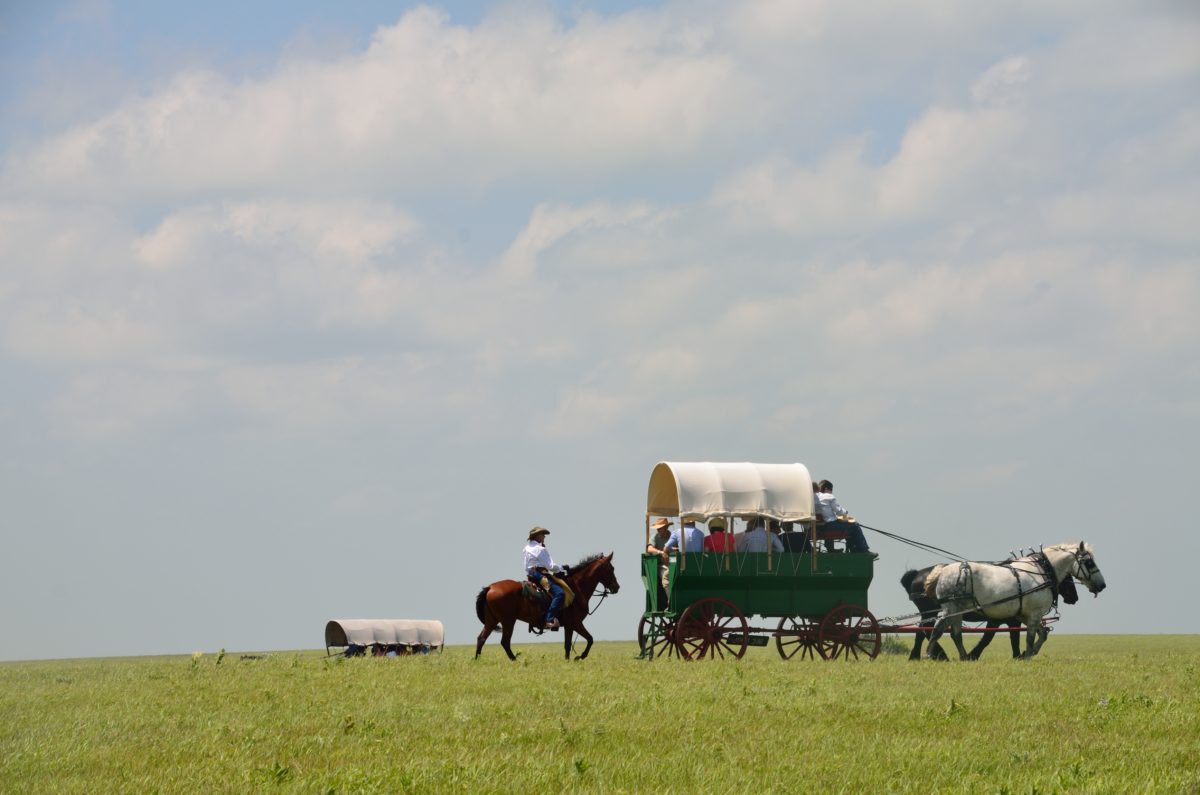
Getting to work
Along with a colleague named Harold Cook, Figgins finally started to conduct a proper archaeological investigation of McJunkin’s site. And before long, the team made some important discoveries. Figgins proved McJunkin had been right all along: the bones he’d found belonged to an extinct species of bison. And not only that, but the archeologist found the remains of 30 more animals on the site.
Arthur Lakes/Wikimedia Commons
Onto something
Figgins knew he and his team researched something important. As excavations continued, the researchers grew more excited by the prospect of discovering a bunch of extinct animals. What they didn’t realize at that time, though, was that this site contained more than just bison bones. It was far more important than even that.
James St. John/Flickr | CC BY 2.0
Other interests
For a long time, Figgins believed in the idea of ancient people living on the North American continent ad now he was on the path to explore that hypothesis. Though he wanted to learn more about these populations, Figgins never really thought he’d discover anything about them on McJunkin’s site. But as excavations continued, things started to fall into place.
C. C. Pierce/Wikimedia Commons
A curious discovery
During the summer of 1926, the archaeologists working on the site discovered something curious. As they dug up the ground, one of the team members inadvertently brought an artifact to the surface. It appeared to be the head of a stone spear. But what exactly did that signify?
Jerónimo Roure Pérez/Wikimedia Commons | CC BY-SA 4.0
The second dig
It took the team a while to begin piecing together the history of this site. That first excavation ended inconclusively, but the following year they instigated a second dig. During this second dig, the team found another spearhead. With that, the excavators reached out to some fellow archaeologists to see what they made of these strange artifacts.
SeriouslySerious/Wikimedia Commons | CC BY-SA 4.0
Ancient people
The archaeological community was in broad agreement: the spearheads had belonged to human beings. And given that they’d been found alongside extinct bison bones, the implication was clear. These people had been around a long, long time ago. After further study, the archaeological community learned these ancient people actually lived more than 11,000 years back.
James St. John/Flickr | CC BY 2.0
A little context
Hearing this story nowadays is interesting, sure, but the significance of the discovery might be lost on many of us. But that’s because we aren’t privy to the historical context of the 1920s. Back then, it was widely believed by most reputable experts that human beings had only been present in the Americas for around 3,000 years. Now, that theory had been blown out of the water as the team found proof of far older human life forms on the North American continent.
wellcomecollection.org/Wikimedia Commons | CC BY 4.0
Vindication
McJunkin’s site proved to archaeologists that humans lived in America for far earlier than previously accepted. Native American communities had actually long been arguing that their history on the continent stretched back much further than was broadly acknowledged. Now, in the wake of the excavations in Folsom, their claims were proven.
Jewel Huwe Pub., Lemmon, S. Dak./Wikimedia Commons
History rewritten
Due to this unlikely discovery, the entire story of the Americas was rewritten because of the findings at this site in Folsom. And without the cowboy George McJunkin, maybe none of that would have happened. At the very least, it might well have taken the archaeological community far longer to get to grips with all this ancient American history.
Bureau of Land Management/Flickr | CC BY 2.0
Uncredited
The question is, then, why was McJunkin’s part in all this overlooked for so long? Sure, he didn’t purposely set out to learn about the ancient history of America. And despite his inkling that his site was important, he didn’t fully appreciate just how significant it was. But he still knew enough to draw attention to the area, so surely he should get at least some credit?
Capture The Uncapturable/Flickr | CC BY 2.0
Dark affiliations
Yet when all the archaeologists wrote their academic articles about the site and its contents, they never mentioned McJunkin’s name. Why is that? Well, a look into some of their political affiliations speaks volumes. Figgins, most notably, was in the Ku Klux Klan during his lifetime. Was a person like that ever likely to give a Black man like McJunkin any credit?
John Atherton/Flickr | CC BY-SA 2.0
Acknowledging McJunkin
In a January 2022 article for the anthropology magazine Sapiens, archaeologist and historian Stephen E. Nash wrote that, as far as he can tell, McJunkin’s name only pops up in academic writings around the year 1946. That’s in a book called The Lost Americans by Frank C. Hibben, in which the author incorrectly claims that McJunkin found the bison bones and the spearheads in 1925. In reality, McJunkin died in 1922.
Xerxes2004/Wikimedia Commons | CC BY-SA 4.0
A different story
That account is questioned in a later article that appeared in a publication called New Mexico Magazine. For this piece, an archaeologist named George Agogino attempted to figure out the truth of McJunkin’s role in the Folsom site discoveries. He consequently read a lot of material, but he also considered stories passed down through word of mouth.
via Wikimedia Commons | CC BY-SA 4.0
Definitely McJunkin
According to Agogino, it was definitely McJunkin who first discovered the Folsom site and the buffalo bones it contained. But he hadn’t known about the spearheads. As Agogino phrased it, “[None of the archives] has a single sentence suggesting that McJunkin found, or even considered, the hand of man in the destruction of the bison.”
David Monniaux/Wikimedia Commons | CC BY-SA 3.0
A new and thrilling chapter
Even though McJunkin hadn’t been aware of the spearheads, Agogino gives him lots of credit. He wrote, “[George McJunkin’s] discovery… was the start of a new and thrilling chapter in American prehistory, the story of the Paleoindian who entered the New World by way of the Bering Strait well over 12,000 years ago.”
Internet Archive Book Images/Flickr
A muddled story
As these conflicting accounts illustrate, McJunkin’s role in this story is quite muddled. And all this confusion has contributed to McJunkin being pushed to the margins. If the original archaeologists had actually written about him and explained his part in the tale, though, all this could have been avoided.
Popular science monthly/Wikimedia Commons
A great westerner
But even if McJunkin never knew of the spearheads, he most certainly discovered the Folsom site and the bones. And for this, he deserves credit because it unearthed completely new theories about life in North America. To that end, steps have finally been taken to recognize his achievement. In 2019 McJunkin was added to the Hall of Great Westerners, which is managed by the National Cowboy & Western Heritage Museum.
$1LENCE D00600D/Wikimedia Commons | CC BY-SA 3.0
Late in the day
Admittedly, this gesture has come very late in the day. January 22, 2022, was the 100-year anniversary of McJunkin’s passing, which means his recognition as a great westerner came only slightly less than a century after he died. But at least now more people know his name and the part he played in writing ancient American history.

Discrimination
As Stephen Nash pointed out in his article for Sapiens, the achievements of minorities are often overlooked in history. He wrote, “Sadly, credit often goes to the powerful and connected, not to the people who actually do the work. Gender, race, status, and age discrimination often play a role in these narratives.”
Björn Allard/Swedish National Heritage Board – Riksantikvarieämbetet/Flickr
A responsibility
The telling of McJunkin’s story, then, is important, as it represents an opportunity to right some historical wrongs. History forgot this man, despite his driving role in an earth-shattering discovery. As Nash sees it, we now have a responsibility to tell the tale of this guy who was ignored because of his race.
wwwuppertal/Flickr | CC BY 2.0
Uncovering hidden histories
Finishing his piece, Nash wrote, “As a naturalist and collector committed to uncovering hidden histories himself, I like to think McJunkin would want his own story rewritten so that it can be told accurately. In any case, George McJunkin can be celebrated as an extraordinary man whose inquiring mind, intrepid spirit, and perseverance instigated finds that would transform archaeology.”
James St. John/Flickr | CC BY 2.0
Mamas Uncut is THE online place for moms. We cover the latest about motherhood, parenting, and entertainment as well – all with a mom-focused twist. So if you're looking for parenting advice from real parents, we have plenty of it, all for moms from moms, and also experts. Because, at the end of the day, our mission is focused solely on empowering moms and moms-to-be with the knowledge and answers they’re looking for in one safe space.
